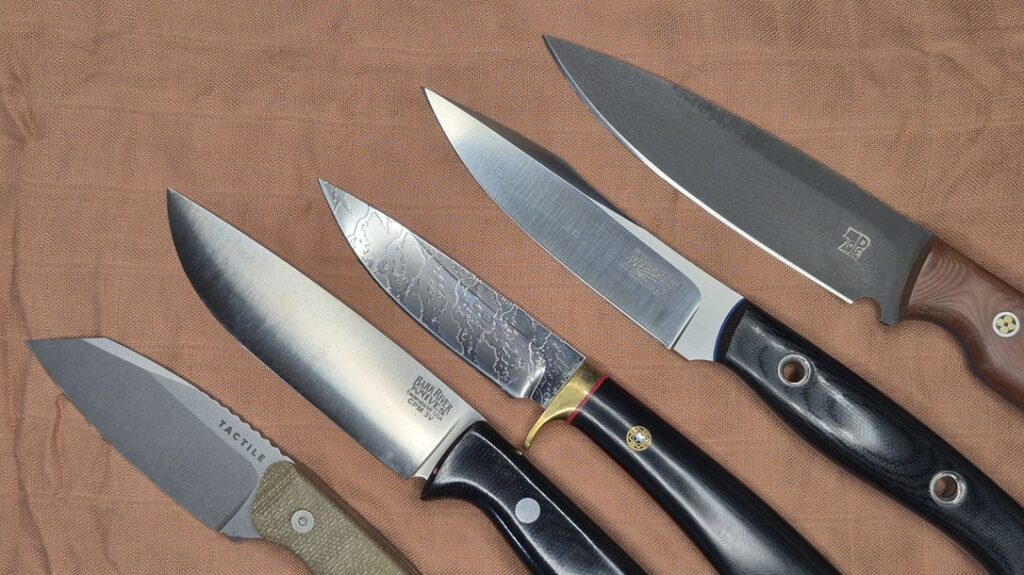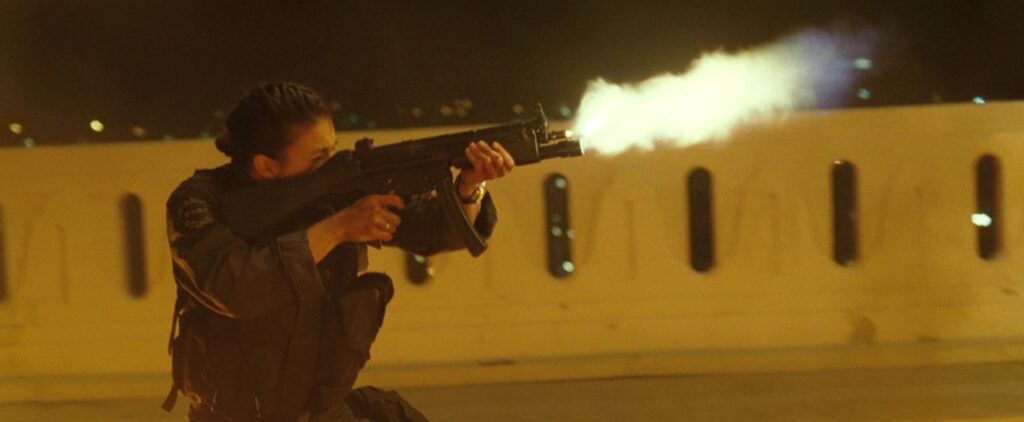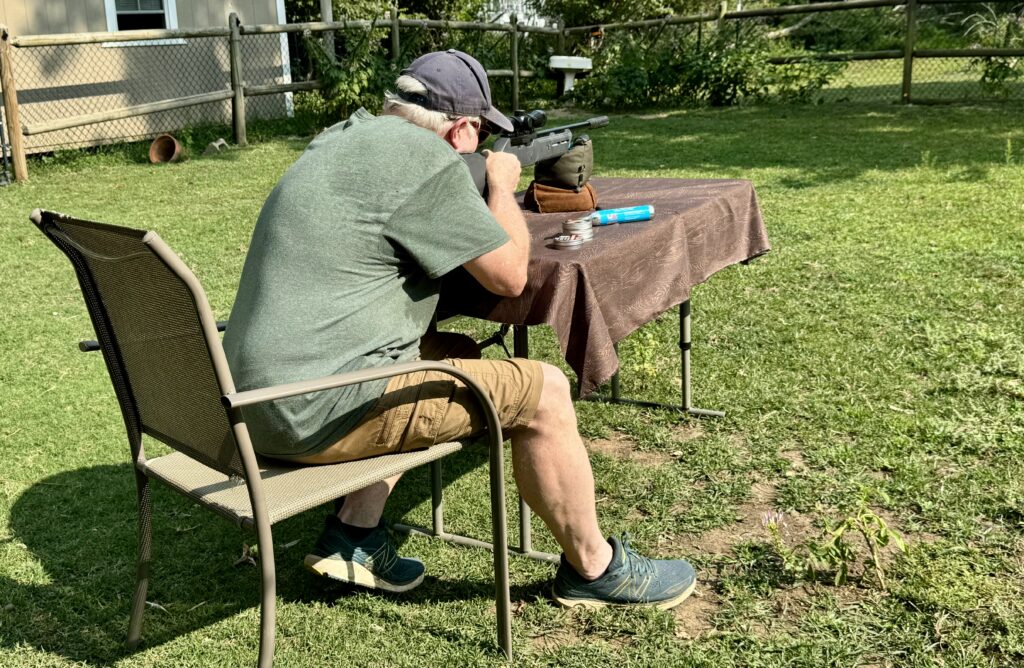I’m currently working through a full review of the 10th anniversary Beretta 92 Elite LTT RDO. It is a special edition full-size Beretta 92 variant with Langdon Tactical’s unique slide cut that accommodates LTT’s proprietary optics mounting plates, an action tune/trigger job, performance parts, and a ported barrel.
Only 100 of these 10th Anniversary edition pistols were made, so getting my hands on one to review has been a real treat. It’s also the first time I’ve had the chance to spend time with a Beretta 92 that uses a slide-mounted reflex sight. Typically, when I get a pistol in my hands for review, there’s some latitude towards selecting some red-dot to mount and include for the review.
However, this specific Beretta 92 variant is spec’d out with a 6 MOA Holosun EPS and its corresponding LTT proprietary optics plate. So, I have no choice but to proceed with the review using the Holosun EPS. This is not a complaint, and in fact, I’m glad this gun is forcing me to shoot with the EPS because I had never spent much time with one either, despite my experience with the Holosun EPS Carry.
Advertisement — Continue Reading Below
I consider the EPS Carry to be a fantastic sight, and I’ve been curious to see how it compares to its slightly larger brother, the full-size EPS.
The Holosun EPS Family
The Holosun EPS family consists of the EPS and EPS Carry, two enclosed-emitter reflex sights that flip the script on traditional enclosed-emitter reflex sight architecture due to their use of two vertical screws to fasten to the slide or optics plate as opposed to a single horizontal screw, like found in the Aimpoint ACRO or Holosun 509T footprints.
After handling various red-dot sights on scores of pistols since I started writing about these topics, I think the EPS family posits a sound fundamental red-dot sight design.
Advertisement — Continue Reading Below

Housing Profile And Thickness
First, neither the EPS nor EPS Carry have a “toaster” or “mailbox” profile because only about 66% of their surface area is actually enclosed. I’ve noticed that this results in a good widow-to-edge thickness ratio since the majority of enclosed dots have very thick edges and smaller windows.
For example, in a performance context, shooting with the above-mentioned Beretta 92 Elite LTT RDO with the Holosun EPS did not feel as constraining as shooting the Trijicon RCR in similar situations. The EPS isn’t advertised as a “big-window” sight, but its window is big enough.
Advertisement — Continue Reading Below
Likewise, after mounting the EPS Carry that Big Tex Ordnance kindly loaned me across a handful of different pistols, including the Taurus GX4XL, Taurus 327 Defender TORO, Canik Mete SF (and it now currently sits on a Canik TTI Combat), I’ve never felt that the thickness of its housing was distracting.
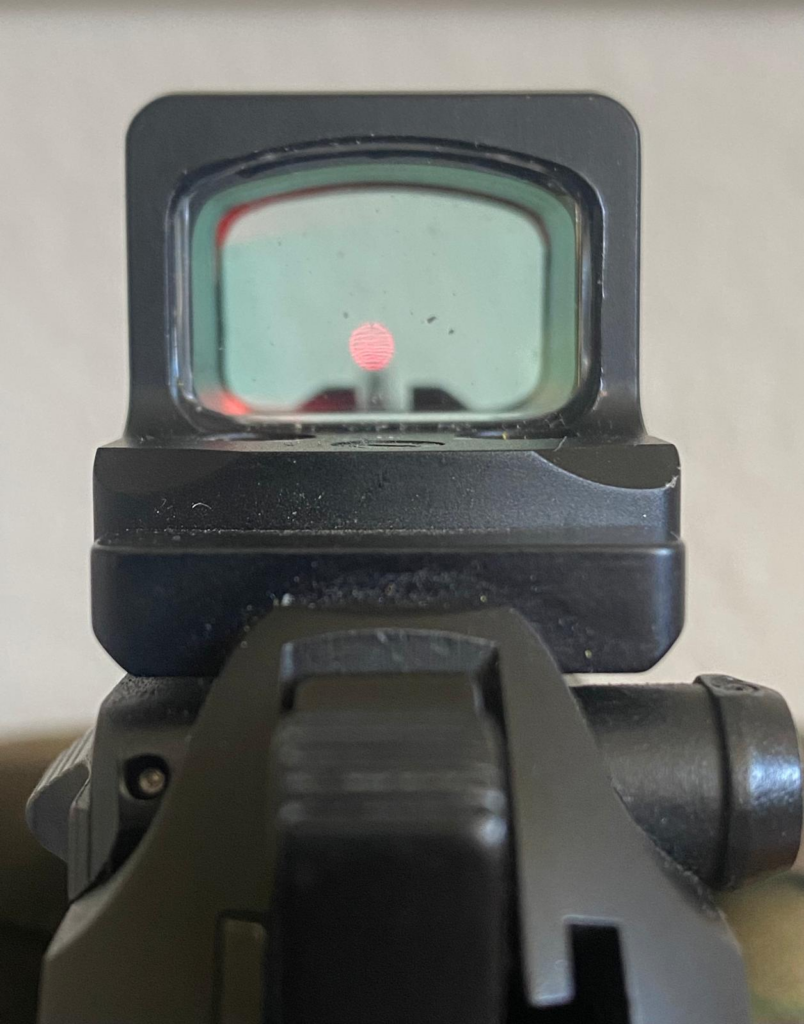
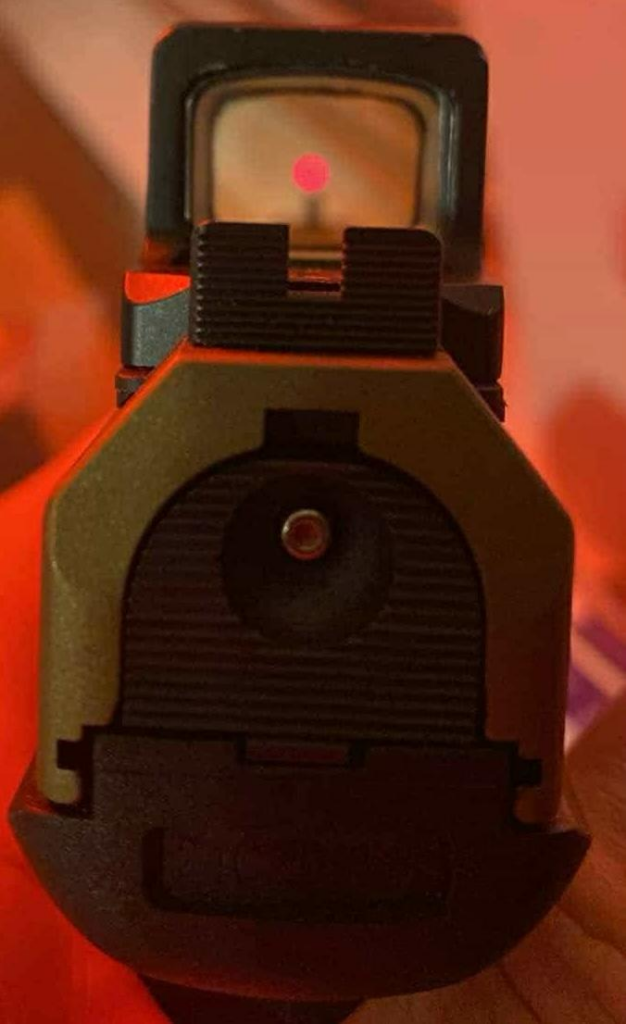
Advertisement — Continue Reading Below
Second, whereas the majority of name-brand enclosed reflex sights or their clones work off the Aimpoint ACRO or Holosun 509T footprint pattern consisting of a single horizontally clamping screw, the Holosun EPS family instead uses the Holosun-K footprint. It retains the traditional pair of vertical screws that are associated with most other standard open-emitter reflex sights. This allows both the EPS and EPS Carry to have very low deck heights.
Depending on the specific handgun slide, the depth of its cut, and its sights, either member of the EPS family has a good chance of sitting low relative to the slide where it could co-witness with standard height iron sights. Both units work off a CR 1620 battery.
Typical Holosun Reflex Sight Layout
Besides mounting-screw configuration, both the Holosun EPS and EPS Carry have the typical Holosun reflex sight layout, with rubberized buttons on the left side of the housing and the battery tray access on the right. While I cannot quantify it, the glass used in the EPS seems nicer than the glass on my Holosun 407Cs. EPS glass is in the same league as Holosun 507 COMP’s glass.
Advertisement — Continue Reading Below
Holosun-K Footprint
Both the Holosun EPS and EPS Carry use Holosun’s Holosun-K footprint, which is nearly identical to the Shield Arms RMSc footprint, save for the lack of the rear posts behind the screws. Like the Shield Arms RMSc pattern, the Holosun-K is most popular on guns with slim slides like the Taurus GX4 series, Taurus Defender TORO revolvers, SIG-Sauer P365 family, S&W M&P Shields, slimline Glocks, etc.
Besides the Holosun EPS and EPS Carry, the Holosun 407K and 507K also utilize the Holosun-K footprint. It’s worth noting that the Holosun-K footprint (and the Shield Arms RMSc, for that matter) also share dimensions quite similar to the Leupold DeltaPoint Pro footprint, save for some nuances in spacing.
Despite the fact that the Holosun-K footprint is brand-specific to Holosun reflex sights, finding optics-mounting adapter plates for it isn’t difficult due to Holosun’s brand presence in the optics market.
Advertisement — Continue Reading Below

That Holosun ships these units with Holosun-K to RMR (full-size EPS) or Holosun-K to RMSc (EPS Carry) adapter plates is a nice touch that adds a layer of convenience.
Dimensions: EPS vs EPS Carry
Yes, the full-size EPS is the bigger unit. And yes, it has a larger and wider window, but not by much.
Advertisement — Continue Reading Below
The Holosun EPS window measures 0.90 inches wide by 0.63 inches tall, and the EPS Carry’s window measures 0.77 inches wide by 0.58 inches tall, with the differences being 0.13 inches and 0.05 inches, respectively.
From a practical standpoint, the difference of 0.13 inches and 0.05 inches is quite insignificant. Similarly, both units’ external dimensions are also within a couple of fractions of an inch from each other—marginal, in other words.
Given that both the Holosun EPS and EPS Carry models have similar features (red/green emitter, multi-reticle, solar cells, etc.) [and a similar price range], I think that their only true differentiator is size, but as I mentioned above, their sizes are very close.
Advertisement — Continue Reading Below
For more information, please visit Holosun.com.
To Be Continued In Part 2

